Blog #190 1/12/17

Luke Donald, Pro Golfer
The Ralph Lauren Company hired us to make advertising images for their special RLX-Golf brand of clothing. The tour golfer Luke Donald was the ”pro” who was to be the “model” for the shoot.
Art director Katherine Lantauch asked if I would make images that were “unique,“ perhaps using special photographic techniques to depict the continuous motion of a golf swing.
“Unique” requires a great deal of thinking, imagination and preparation; my work on the assignment was intensive. I decided to fully prepare a few days before the formal shoot with a model who was a golfer. We called male modeling agencies in New York City, asking if any of their models were professional or semi-pro golfers. The Wilhemina Agency offered Ben Williams, who they said had an elegant golf swing. He sure did.
I spent an entire day before the studio shoot with Ben, working on two ideas. One was to show the entire arcing “flow” of the club swing.

Ben Williams, the golfer “model” I worked with before the formal Ralph Lauren shoot.
Using a stopwatch, I timed Ben’s swing and coordinated my camera’s shutter. I placed a tube of light on the shaft of the club. I then set the strobe on “rear synch,” which means that when I pressed and held the shutter button at the beginning of his swing, the shutter opened without the flash. The camera therefore recorded only the movement of the light attached to the club. The moment I released the shutter, at the end of the swing, the flash went off, freezing Ben’s motion at the end of his swing.
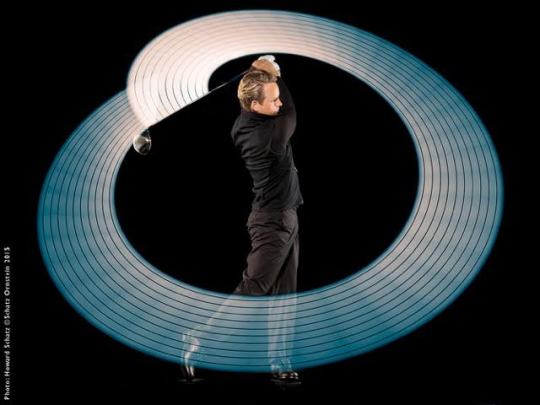
I was able to use this technique with Luke Donald at the formal shoot.
The second idea I experimented with to demonstrate the swing of the club – a very different approach – was the use of multiple-sequenced strobes.
I had to figure out how to set my strobes so that the rapid movement of the club would be perfectly recorded – precisely “frozen” – at several points in the swing. In order to do this, I set the flash duration (amount of time the flash would be on) of each “strobe pop” at 1/5000 of a second.

This is my initial study with Ben.
The club head is perfectly focused with no blur but the number of strobe pops here (16 of them) was insufficient. I wanted the image to make a connection close to the “rings-of-Saturn” look of the single strobe shots with the light on the club. I needed to find a way to have many more flashes in the time it took for a full or partial swing:
To do this, I used multiple strobe packs, set in sequence, in order to achieve a flash every 1/100th of a second. I worked at this all day until I got everything set.
I had other details to work out as well, including the lens and camera placement and the blackening of the walls, floor, and ceiling, of the studio.
On the day of the shoot, I was fully prepared, and made this image of Luke Donald.
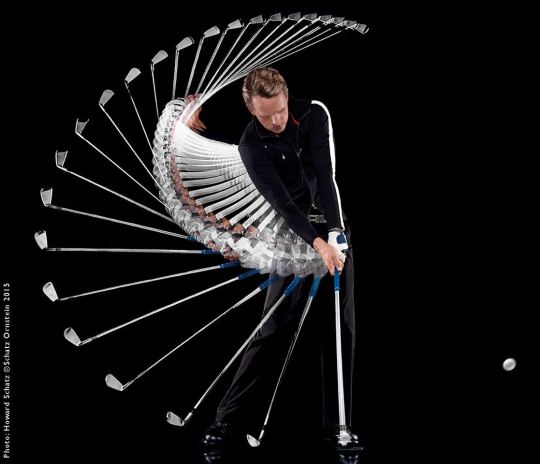
Many images made that day were used in the RLX-Golf advertising campaign.

These are a few of the advertising images Katherine, the art director, composed.

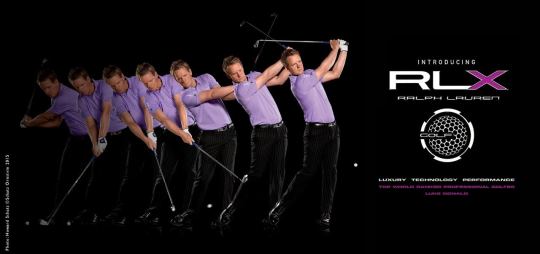
I also made more conventional fashion imagery for the campaign.
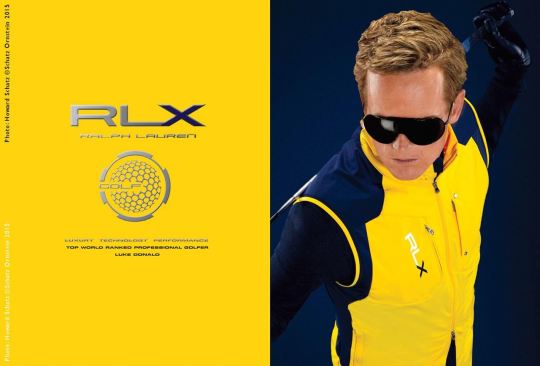
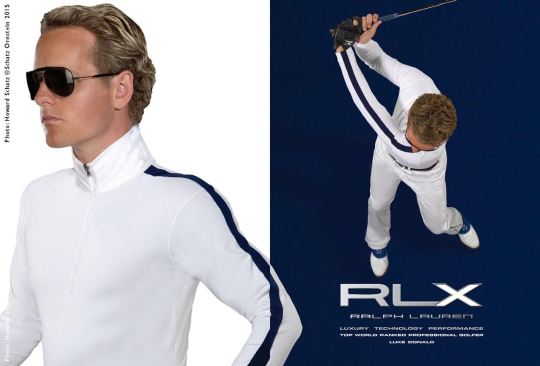
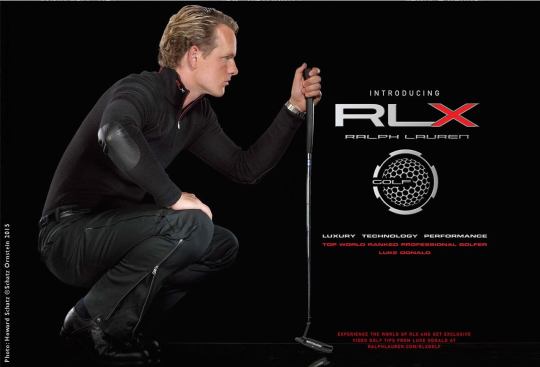

I photographed again the following year for RLX with another golfer, Matteo Manassero, in addition to Luke.
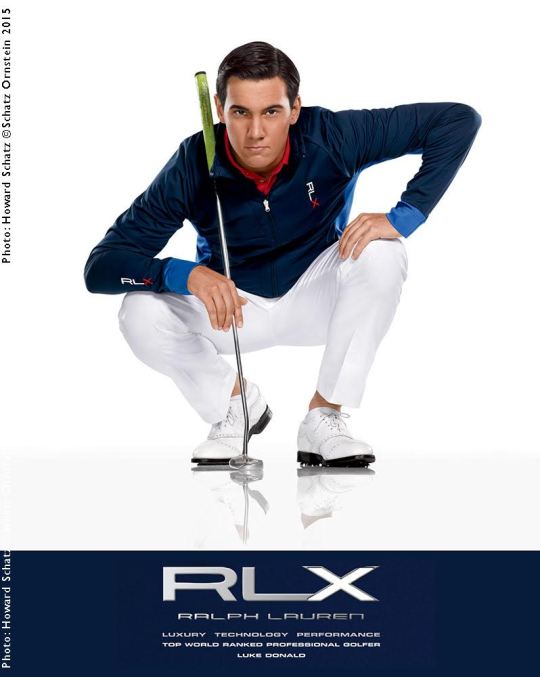
This is Matteo Manassero.

The golf clubs were beautiful objects themselves; this photograph of the “woods” was made for pure exploratory fun.
Glitterati Incorporated, the publisher of the Retrospective, Schatz Images: 25 Years is now offering the two- book boxed set at a discount from the original price. The set comes with an 11″x14” print of the buyer’s choice.
http://schatzimages25years-glitterati.com
